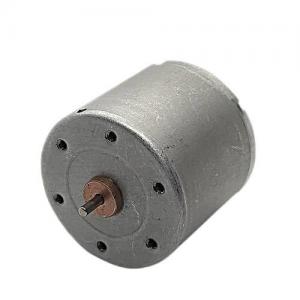
Add to Cart
Major Details
Warranty: 1-3 Years
Place of Origin: Guangdong, China
Brand Name: Go-Gold
Model Number: KG-500DC12
Usage: Electric Tools
Type: Linear Actuator
Commutation: DC
Protect Feature: Permanent Magnet
Feature: High Efficiency
Product Name: Electric Tools Motor DC Motor
Motor type: DC Motor
Certification: CCC Ce RoHS
Rated Voltage: 12V/Custom Made
Keywords: Electric Tools Motor
Noise: Low
Material: Cooper Wire
Performance Specification
Packaging & Delivery
Port: SHENZHEN
Lead time:
| Quantity(pieces) | 1 - 1000 | 1001 - 10000 | >10000 |
| Lead time (days) | 15 | 30 | To be negotiated |
Sample

Drawings

The basic components of electric tools include motors, gears, transmission shafts, and tool cutting tools. Among them, the electric motor is the core component of electric tools. Electric motors include rotors and stators, and their operation is based on the principle of electric motors.
The working principle of electric tools is based on converting electrical power into mechanical power. Electric tools receive electrical energy from a power source through a motor and convert it into mechanical energy, allowing the tools to move and complete their work tasks. Specifically, the power supply provides DC or AC electrical energy to the motor, and the coils in the motor rotor receive current and rotate under the action of electromagnetic force. In this way, the gear or transmission shaft is directly driven to rotate, hammer or cut the tools and tools, and process the object into the desired shape and size.
The working mechanism of electric tools is to convert electricity into mechanical energy through the use of energy conversion technology. The working mechanism of electric tools has three aspects:
1. The electric motor is responsible for driving electric tools to work, converting electrical energy into mechanical energy.
2. The transmission system is responsible for converting the axial direction of the motor's rotation into the working axial direction of the tool, achieving the conduction of mechanical energy.
3. Tools and equipment perform cutting or processing operations on materials, converting mechanical energy into practical operations such as cutting.